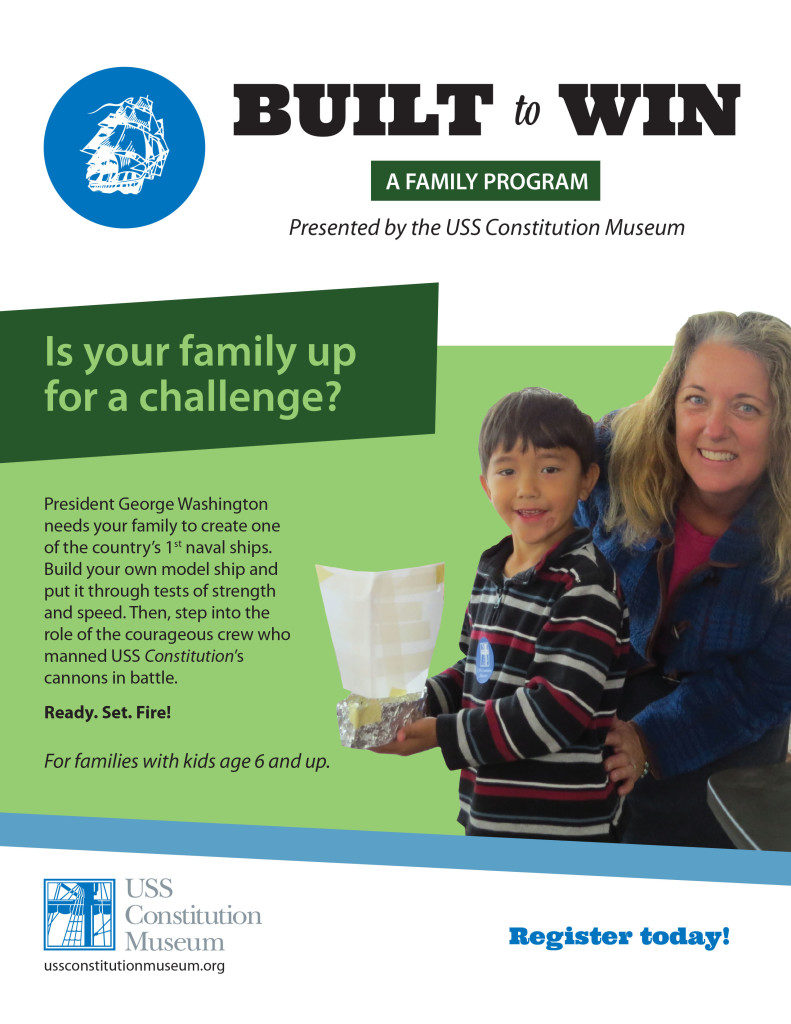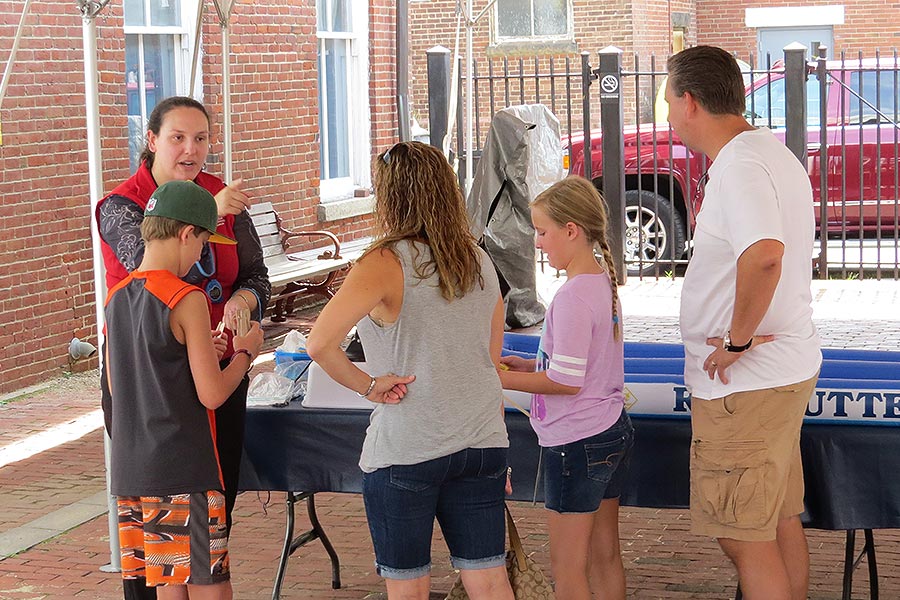Keeping the Family in Family Programming
Our programs, environments, materials, and even facilitation techniques send messages to our audience.
Marianna Adams offers examples of ways we set a tone for our families without even knowing it:
Even when we use the term “family program”, we often send messages that our program is really for kids by providing only short stools or kid-sized scissors. These cues must be critically examined. A successful design sets the multi-user expectation that a program is for everyone by sending a clear invitation to both children and adults.
Marianna Adams and Beth Fredericks address how to counter preconceived notions that a family program isn’t for adults. Turns out, it can be as simple as offering an invitation to participate:
3 Strategies for Inviting Everyone to Participate
1. Signage and Marketing
Messaging starts even before your program begins. How are you marketing your program? Does it sound like a program only for kids? Do you have images only of children or of adults and children working collaboratively?
Think about the words you are using in your signage and marketing materials. Use words and phrases like “for everyone,” “the entire family,” “for all ages,” “work as a family team,” or “together as a group.”
Also consider fonts and color schemes. Too juvenile and adults might feel silly participating. Too mature and kids may not want to be involved. Find a balance that is welcoming and inviting for all ages. And when uncertain, talk to your audience. Ask adults and children how they interpret the signage.

2. Welcome and Introduction
The manner and method of your introduction sets a tone for the program. As you welcome families to your program, use the opportunity to tell caregivers that this is for them too. Engage adults immediately and continually re-engage them throughout the program.
- Make eye contact with adults. Sometimes we’re so focused on the little ones, we forget to look at the adults.
- If you use nametags, make sure everyone wears one. Adults will often be surprised when you give them a nametag, but it’s a good indicator this is for them too.
3. Materials, Environment, and Setup
If you have kids working at a small table and adults at a big table, you’ve essentially segregated them. Be sure to provide both child and adult-sized chairs and other supplies like scissors. These are subtle, non-verbal cues that send an invitation for all to participate together.

